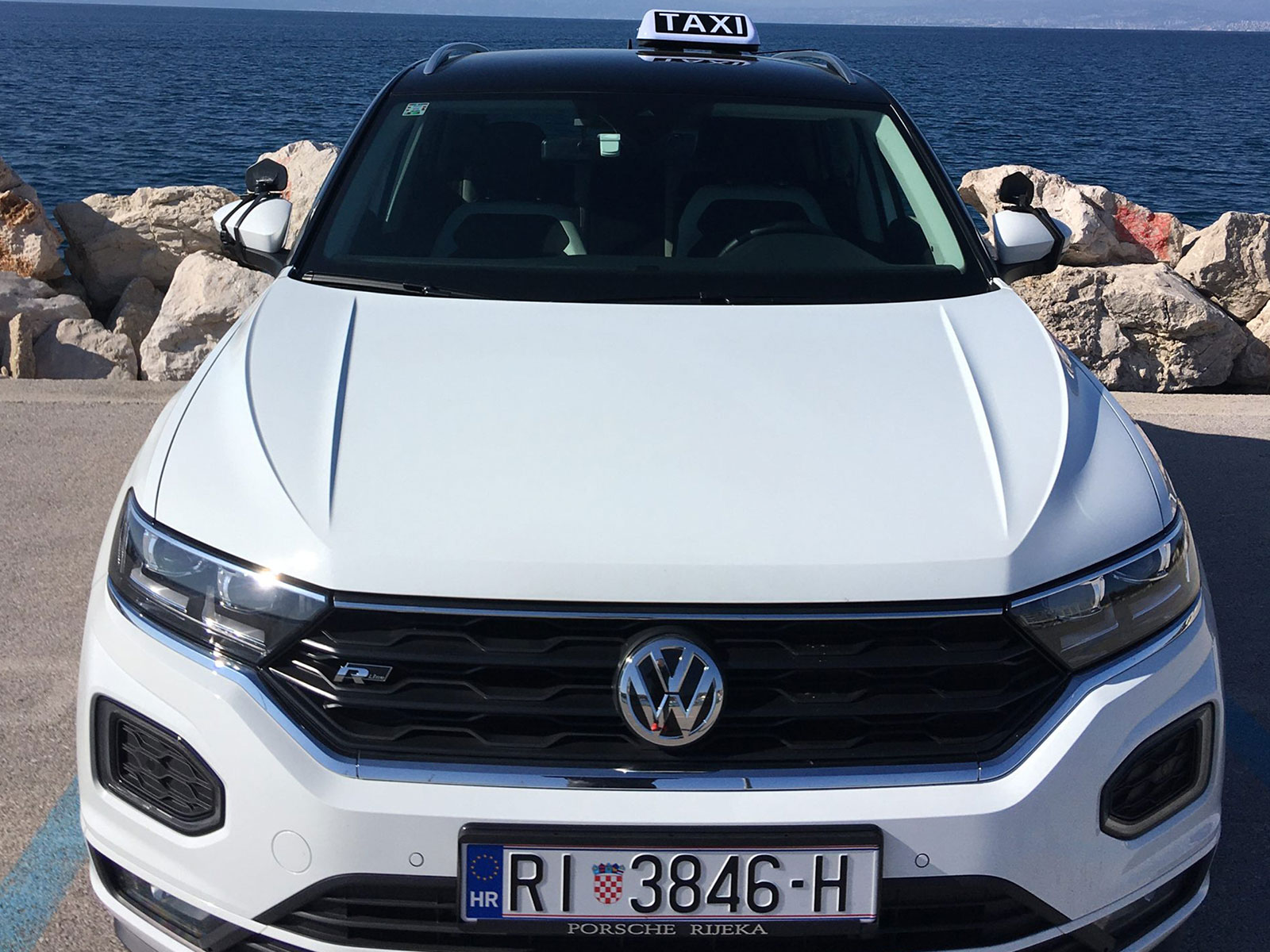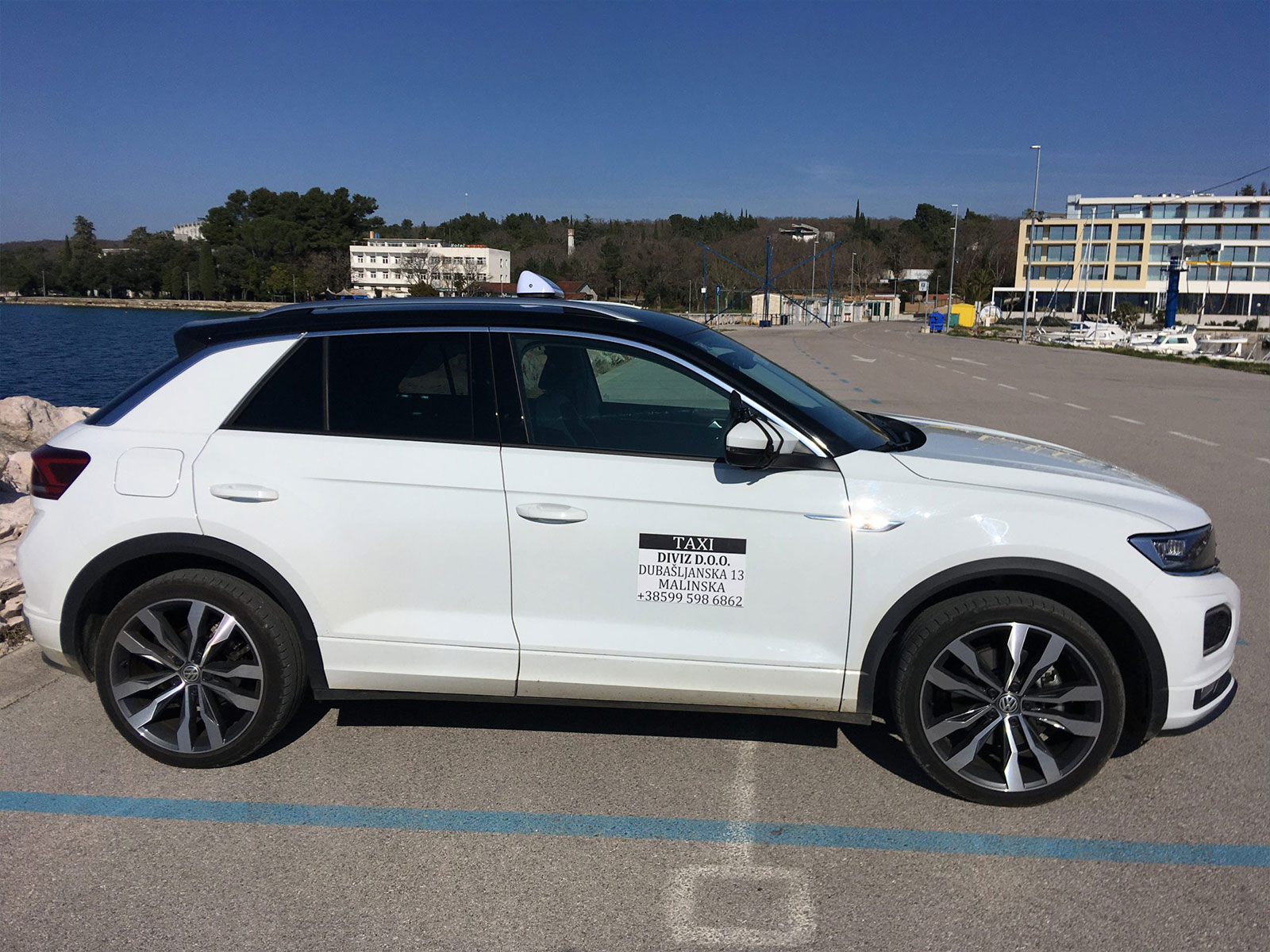Taxi Soline
Soline is located on the southern coast of the bay Soline, on the east side of the island of Krk. They are located at the foot of the medieval castle Dobrinj, today the municipal center.
Soline is one of the oldest villages in the Dobrinj region; they are mentioned as early as December 30, 1230 in a Glagolitic document by which a certain Juraj Pariježić donated the church of St. Juraj on Vrh near the Karst (“and on the road that goes to Solina”). The place got its name from the fact that in this area in ancient times, most likely in Roman times, and certainly in the Middle Ages, there were salt pans, ie sea salt was produced.
Finds from Roman times have been found in the area of Soline: bricks and Roman money. Given that there are natural conditions very suitable for salt production, and which for many centuries it seemed, there is a high probability that in this area in Roman times there was economic activity. Salt was highly valued in ancient times and it is unlikely that the Romans did not use an area where nature practically produces large amounts of salt on its own. Namely, the bay of Soline is very shallow, especially in the part where it is most inland – in the locality of Meline, which is located next to Solin. It is a large, mostly flat sandstone, so the sea penetrates deep into the land at high tide, flooding large areas, which then, at low tide, turn into puddles that dry out, and eventually the sandstone remains covered with salt.
The importance of the saltworks is also evidenced by the fact that in the Middle Ages Soline, Sužan and Šugare formed a separate administrative unit with a special judge. After the fall of the island of Krk under the rule of the Venetian Republic in 1480, the saltworks was closed so as not to be competitive with the Venetian saltworks on Rab, Pag and elsewhere.
Although the renovation of the saltworks was possible at low cost, it was never renovated. Ivan Feretić in his work “History of the city and the island of Krk” from 1819, writes that after the island came under Austrian rule in the late 18th century, there was an intention to restore the saltworks and that everything was already prepared, but due to the arrival of the French In the 19th century everything fell apart.
In the Middle Ages, the main economic activity in Soline was salt production. However, after the closure of the saltworks by the decision of Venice, at the end of the 15th century, the most important economic activity became cattle breeding and to a lesser extent olive growing and fishing. An important activity was the excavation and transport of sand taken from Melina. As early as the beginning of the 20th century, bracers and trabacles (types of traditional vessels) transported sand for the construction of buildings and villas in Crikvenica, Rijeka and Opatija. In the middle of the 19th century, a tile factory (“Opukarija”) also operated in Meline, but, although it produced quality tiles, it collapsed due to the disagreement of the co-owners, poor working conditions and poor connections with destinations.
The area of Melina, but also the entire bay of Soline, is the main tourist resource of this part of the island, but still completely unused. That is why, today, most locals work outside Solin. Agriculture is just an additional source of income.





